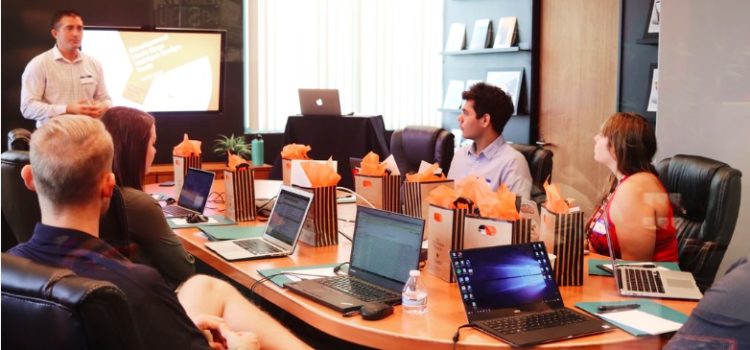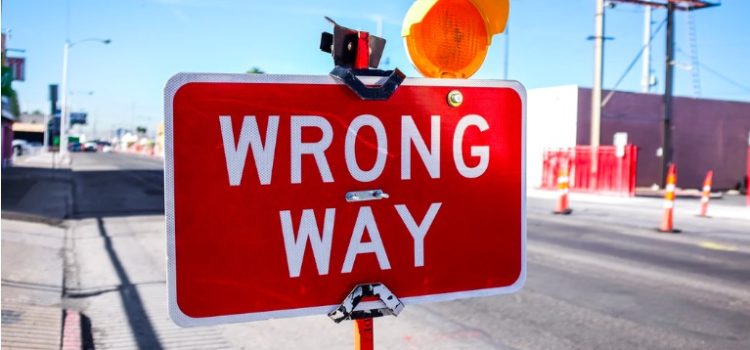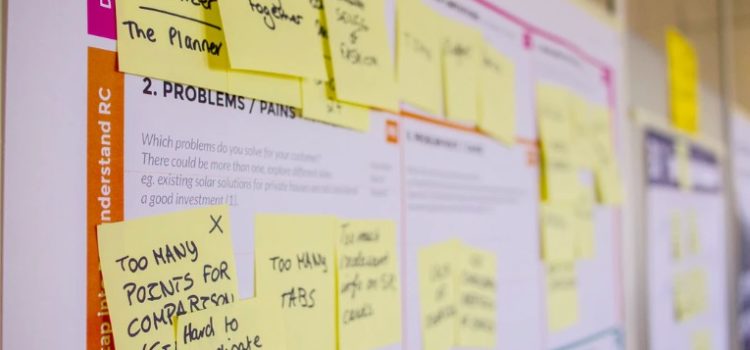Helping employees deal with change in the workplace can be a tough challenge. It’s a truism that no one likes change, and people tend to panic. How do you help employees cope with change? An important role of managers is to lead employees who are uncertain about or fearful of change by painting a picture of success they can get excited about. (In other words, “Picture the new cheese,” from the parable Who Moved My Cheese.) We’ll cover the advice of the parable of change, Who Moved My Cheese, and look at how to more easily help employees deal with
Helping Employees Deal with Change in the Workplace










